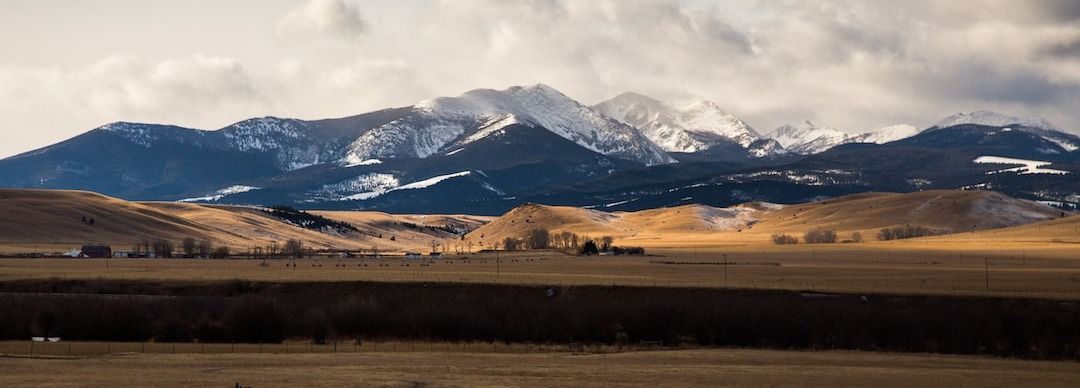Think you can complete your BEAD application in 90 days? Think again.
January 18, 2024
If you're waiting for your state's application, you'll be too late.

At a small telecommunications industry event in Park City, Utah, called the “Rural Wireless Infrastructure Summit,” officials at the National Telecommunications and Information Administration refined their broadband infrastructure spending message to include a role for wireless deployment.
“We are thinking about deploying fiber really deep into the country” and putting “wireless on top of that” to enable multiple applications – including precision agriculture – that will benefit from better broadband deployment, said Phil Murphy a senior advisor in office of the assistant secretary of NTIA, on June 28, 2022.
The NTIA is the U.S. Commerce Department agency responsible for spending more than $45 billion of the $65 billion for broadband allocated by the Infrastructure Investment and Jobs Act. His virtual keynote address was followed by state-level broadband officials and others in the rural wireless space.
“We see a lot of benefits here to the industry as a whole, and to able to access high speed services as a result” of the administration’s push for broadband. Although he acknowledged that NTIA has a preference for fiber deployment, he also noted that states will be the primary drivers of their respective spends on funding.
What works in Delaware may not work in Wyoming, he acknowledged.
Murphy also addressed digital equity planning grants, which are due to be filed by states on July 12, 2022, as well as issues of Tribal broadband funding, a subject of particular interest to many in the Western U.S.
Although a previous funding round for nearly $1 billion in Tribal broadband funding closed last year, IIJA provides an additional $2 billion for Tribal broadband. Murphy said the NTIA will release a second notice of funding opportunity for Tribal broadband later this year.
“We found many Tribes that didn’t apply, or applications that were as strong as they should have been,” he said, speaking about the first round of funding.
Tribal leaders, he said, “face a lot of unique kinds of resources challenges,” including the need that many Tribal elders had to apply for the first round of broadband grants at the same time as the subsistence hunting season.
Murphy said the NTIA will create a new funding window during a different time of the year.
The Park City event, which featured other keynote remarks by Federal Communications Commission Chairwoman Jessica Rosenworcel and Commissioner Geoffrey Starks, was co-hosted by the Rural Wireless Association and the Rural Independent Network Alliance.
RINA has core strength in the intermountain West. It aims to help rural wireless carriers with a number of technology tasks, including replacing Chinese-manufactured telecommunications equipment, such as has been purchased by many in recent years from Huawei.
Other speakers at the event focused on the way in which fiber deployments deeper into communities (both urban and rural), coupled with money from private equity, represent an infrastructure opportunity for Rural America.
Speaking on an infrastructure roundtable, Alok Sarsidharan, vice present of specialized and asset management procurement for the Macquarie Group, said that mixing private capital with IIJA funding provides an opportunity for both investors and broadband users to win.

January 18, 2024
If you're waiting for your state's application, you'll be too late.

January 09, 2024
The big sky state joins a small list of eligible entities that have kicked off their broadband challenge process.